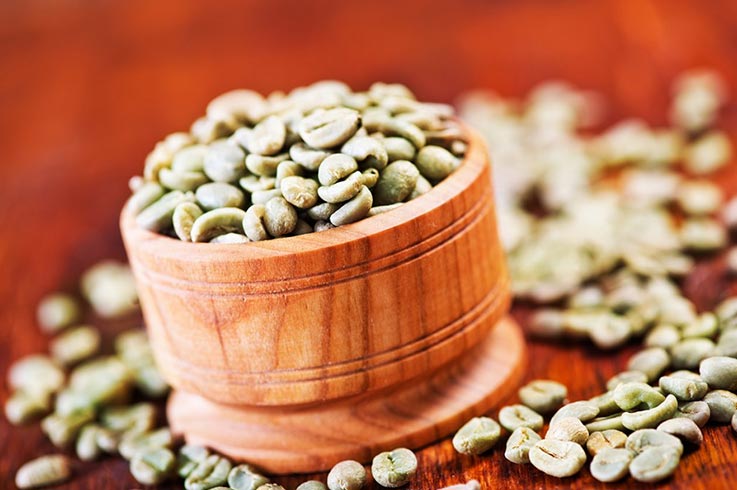The movement of conilon, the robusta coffee grown in Brazil, has impressed analysts in recent weeks. But for producers, the perceptives are not yet so encouraging.
According to Galimberti, the recent drought of 2015 and 2016 does not fit anything seen in another season of conilon in the state of Espirito Santo. “We cannot compare. Some say that for 50 years there was no shortage of this proportion in the state. We had a production of around 9 million bags in 2015 and now we go to 5 million. An absurd thing. ” The latest data from Conab point to an estimated production of 5.38 million bags of Conilon coffee from Espírito Santo, a decrease of 30.67% compared to the 2015 harvest.
The dizzying fall was also pointed out during the CaféPoint Harvest Coffee Crop 2016 Survey. The data, informed by the coffee growers themselves, show that 57% of them see a break of up to 80% in their crops in this crop.
Prices quoted in the Coopeavi region followed the high of the type throughout the country, breaking records on several occasions. But what do these values represent for the producer? “Production will fall and prices will rise. Even with the rise, the producer looks at production, costs and revenue and has doubts if it will be worth it ”, points out João Galimberti.
The monitoring of the Cooperative pointed out that most of the grain harvested in the 2016 harvest is already negotiated. “We are working on the basis that 70% of production in Espírito Santo in the 2016 harvest is already sold. Already in Rondônia and Bahia, around 80% committed. That is, there are producers who have managed to hold coffee, but they are only the most capitalized ”. According to the manager, the result is that, taking Conab’s data as a reference, there would be around 3 million bags of Conilon coffee to be sold by Brazil.
Future of production
As regards the need for extension for the payment of debts contracted by producers in the state, Coopeavi informed that it has already renegotiated the terms of its members. “However, these limits at this time are lower. We are waiting for January and March to see if we can increase. ”
Regarding the planted area, the Cooperative does not have data for the next harvest, but agents from southern Bahia have reported that the purchase of seedlings has practically taken all the production capacity of local nurseries. “For Espírito Santo, in areas where there was a need for crops to be uprooted, due to drought, mainly in the north and northwest of the state, these are areas where the climate did not favor it. They will all wait for the April planting ”, points out noting that the attention of these producers is all focused on the climate in the coming months.
The only certainty among coffee farmers so far has been the barriers to overcome. “We have a scenario of many challenges, because it will depend on how the weather will behave in the coming days. And we know that the domestic conilon market has been providing sustainability and support, but it’s very difficult to talk about it because we know the difficulties the industry is already going through, too. ”
João Galimberti says he does not know at what level the national industry will be able to replace the conilon blend with arabica. “It’s an unknown.” Coopeavi points out that for producers the analysis has still been more internal than in a general environment. “We have evaluated as follows: the expectation of the producer is higher prices because he is looking inside the gate. So it makes perfect sense to imagine that prices tend to keep rising, but you need to look at other variables. ”
The local quotation, on this Monday, the 24th, had values of conilon, at R $ 510, higher than the natural arabic, around R $ 500. “Arabica production had a good production this season. However, as the conilon scenario is bad, we believe this will support Arabica, which will have greater demand in the domestic market. ”
Source: CaféPoint



